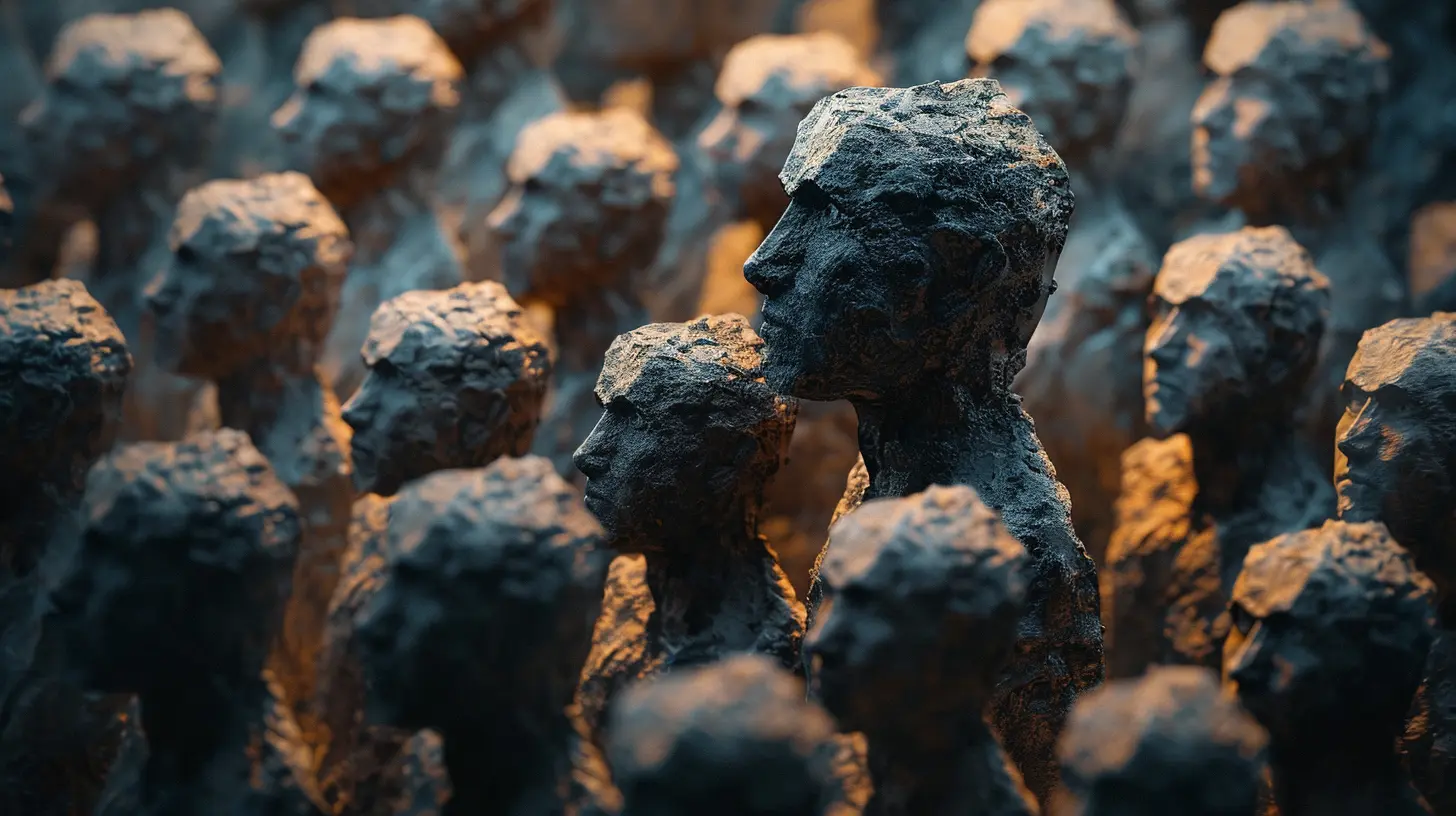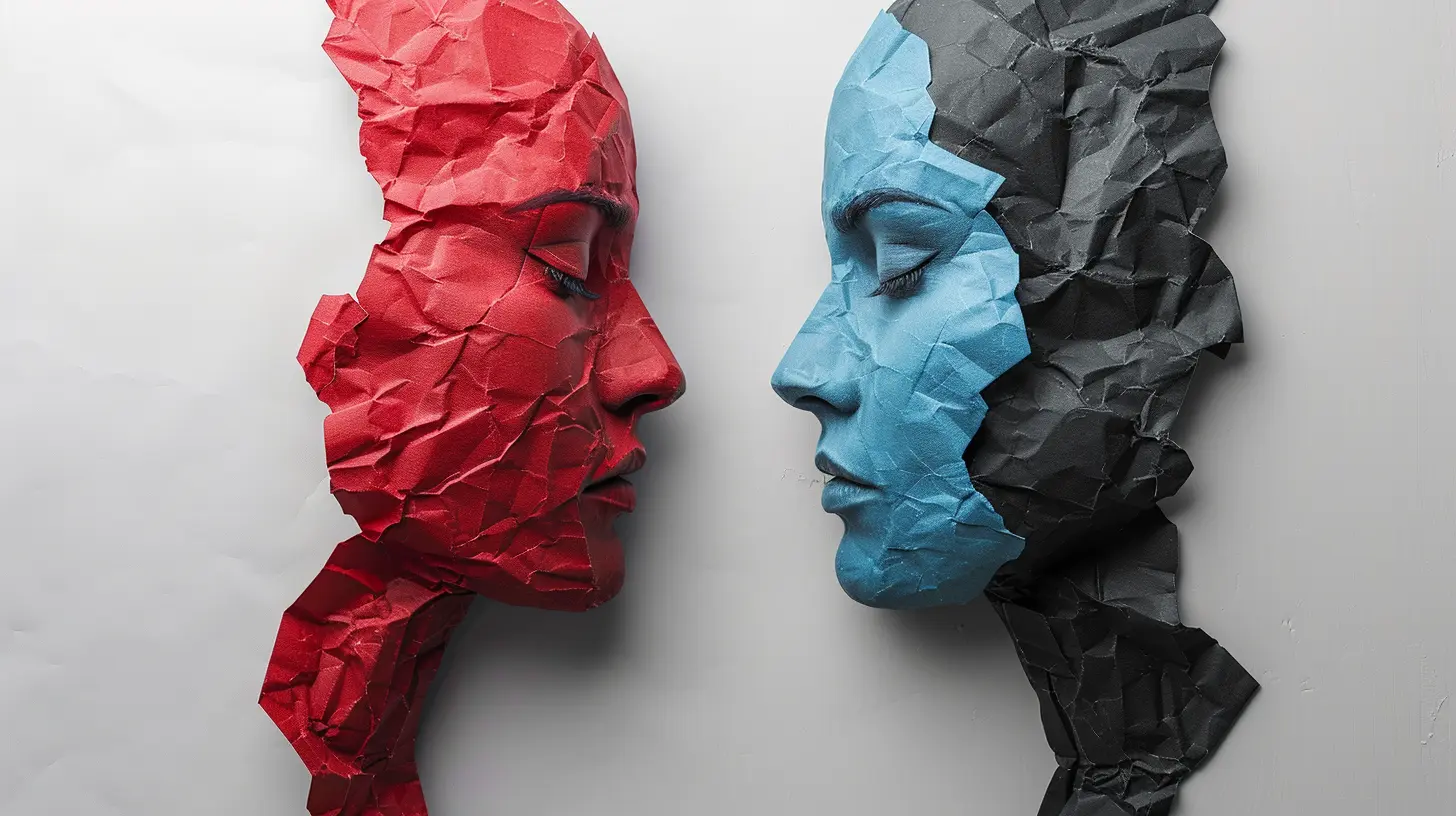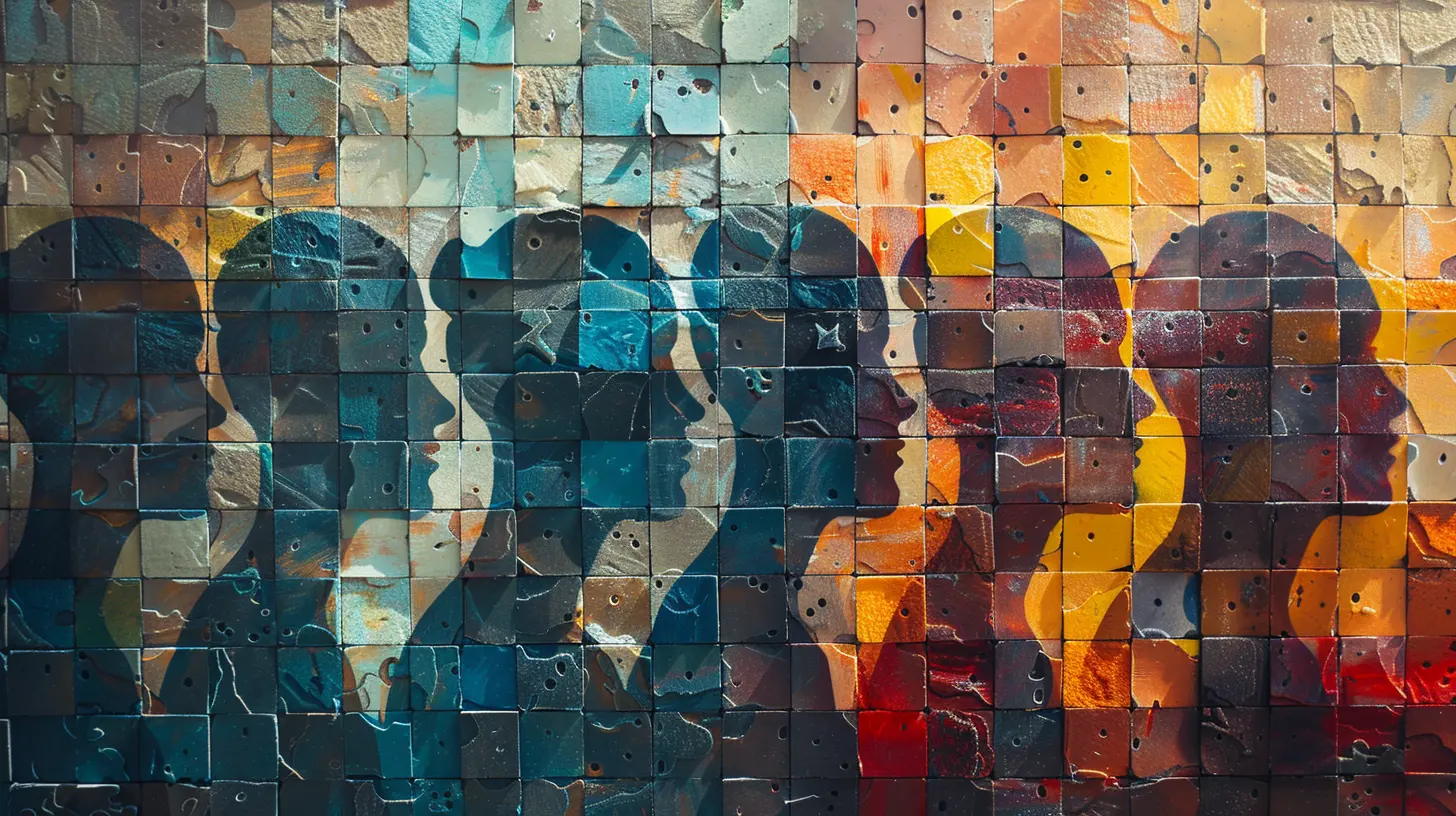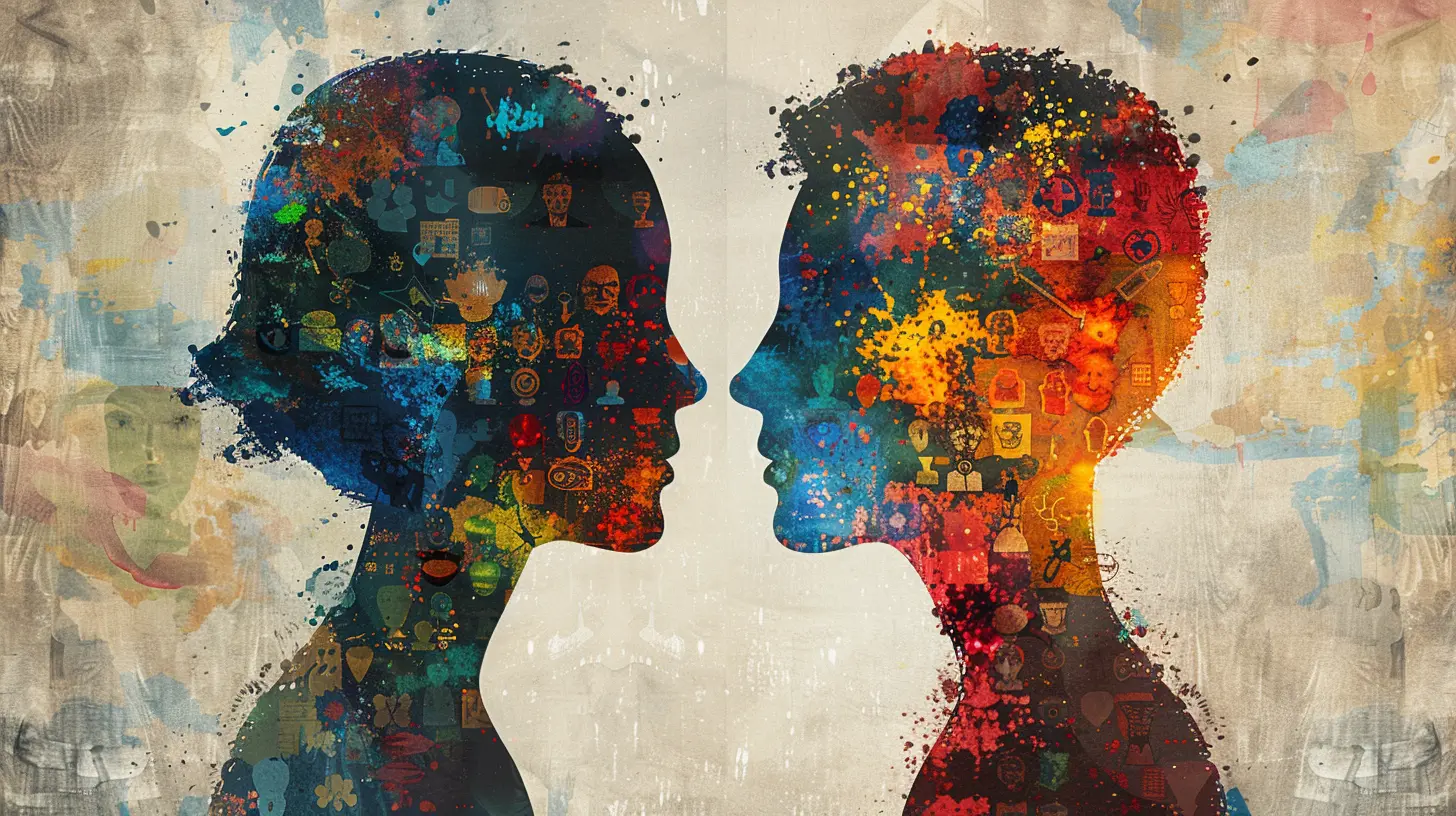Exploring Implicit Bias and Its Effect on Behavior
23 November 2025
Have you ever found yourself making an assumption about someone before you even get to know them? Maybe you instinctively trust someone who looks like you or unconsciously avoid someone based on their appearance. These snap judgments aren’t entirely random—they stem from something called implicit bias.
Implicit bias is like an invisible filter that shapes our thoughts, actions, and decisions without us even realizing it. It affects how we interact with others, how we perceive the world, and even how we treat ourselves. But where does it come from? And more importantly, how does it shape our behavior in ways we might not even recognize?
Let’s dive deep into implicit bias, how it works, and its real-world consequences.
What Is Implicit Bias?
Implicit bias refers to the unconscious attitudes or stereotypes that influence our perceptions and behaviors toward certain groups of people. Unlike explicit bias, which is deliberate and conscious, implicit bias works in the background, subtly shaping our thoughts without our awareness.Think of it like a shortcut your brain takes to process information quickly. It’s your mind’s way of making sense of the world—but sometimes, it leads to unfair assumptions and prejudices.
For example, studies have shown that employers might unconsciously favor job applicants with names that sound more "familiar" to them, even if all applicants have the same qualifications. These biases aren’t intentional, but they still have a significant impact.
Where Does Implicit Bias Come From?
Implicit biases don’t just appear out of nowhere. They develop over time, influenced by several factors, including:1. Cultural Conditioning
From a young age, we absorb messages from our surroundings—our families, schools, media, and society. Movies, TV shows, and news portray certain groups in specific ways, reinforcing stereotypes that stick in our subconscious.2. Personal Experiences
Our past interactions with people shape our expectations. If we’ve had a negative experience with someone from a particular group, our brain might unconsciously associate that experience with the entire group.3. Socialization
We often adopt the beliefs and attitudes of the people around us, whether we realize it or not. If our community holds certain biases, we’re likely to internalize them without questioning them.4. Cognitive Shortcuts
Our brains love efficiency. To process information quickly, we categorize people and experiences based on existing mental patterns. While this helps us navigate the world, it can also lead to unconscious biases that distort reality.
How Implicit Bias Affects Behavior
The tricky thing about implicit bias is that it influences us without us even knowing. It impacts our relationships, decisions, and everyday interactions in ways both big and small.1. Workplace Decisions
Hiring managers and employers may unintentionally favor candidates with backgrounds similar to their own. This results in an unequal playing field where equally qualified individuals may be overlooked due to factors like race, gender, or even accent.2. Law Enforcement & Justice System
Studies have shown that implicit bias can influence policing decisions. Officers may unconsciously perceive certain groups as more threatening, leading to disparities in law enforcement actions and sentencing.3. Healthcare Disparities
Implicit bias plays a role in medicine, too. Research suggests that healthcare providers might unconsciously assume that some patients experience pain differently based on their race or gender, affecting the quality of care they receive.4. Education & Academic Performance
Teachers may unknowingly have lower expectations for students based on gender, race, or socioeconomic background. These biases can affect students' confidence, opportunities, and academic success.5. Everyday Social Interactions
Implicit bias even shows up in small, day-to-day interactions. Have you ever automatically assumed someone’s abilities based on their age or physical appearance? These micro-assumptions, though seemingly insignificant, contribute to larger societal inequalities.
How to Identify Your Own Implicit Biases
Since implicit bias operates beneath the surface, how can we recognize it? Fortunately, there are ways to uncover and challenge these unconscious beliefs.1. Take an Implicit Association Test (IAT)
The Implicit Association Test (IAT), developed by Harvard researchers, is a powerful tool designed to reveal hidden biases. It measures automatic associations between certain groups and specific traits. Taking this test can be an eye-opening first step.2. Reflect on Your Assumptions
Pay attention to your snap judgments about people. Do you assume certain traits based on someone's appearance, background, or accent? Question why you think that way.3. Seek Diverse Perspectives
Engage with different cultures, perspectives, and experiences. Read books, listen to podcasts, and watch films that challenge your worldview. The more diverse your influences, the less likely biases will hold power over you.4. Surround Yourself with Different People
If your social circle is homogenous, expand it. Meaningful interactions with people from various backgrounds can help break down stereotypes and challenge unconscious biases.5. Be Willing to Unlearn
Acknowledging that you have biases isn’t a sign of failure; it’s a sign of growth. The more open you are to unlearning false narratives, the more conscious and fair-minded your decisions will become.Strategies to Reduce Implicit Bias
Simply being aware of implicit bias isn’t enough. To truly make a difference, we need to actively work against these unconscious prejudices.1. Slow Down Your Thinking
Implicit bias thrives on quick judgments. When making important decisions—especially about people—pause and ask yourself: Am I being objective, or is an unconscious bias influencing me?2. Practice Mindfulness
Being present and aware of your thoughts can help you catch biases in action. Mindfulness encourages self-reflection and helps dismantle automatic stereotypes.3. Educate Yourself and Others
Talk about bias with friends, colleagues, and family. The more we openly discuss and address these issues, the more we can create an environment where biases lose their power.4. Advocate for Fair Policies
Whether at work, in schools, or within organizations, push for policies that promote diversity and inclusion. When structures prioritize equity, bias has less space to thrive.5. Hold Yourself Accountable
Recognizing bias is an ongoing journey. Keep questioning your assumptions and challenging stereotypes whenever they arise.Final Thoughts
Implicit bias isn’t something we can erase overnight. It’s deeply woven into the way we think, shaped by years of exposure to societal norms and cultural influences. But just because these biases exist doesn’t mean we’re powerless. By acknowledging them, questioning our assumptions, and making conscious efforts to change, we can rewrite the narrative.No one is free from bias, but awareness is the first step to change. If we all commit to breaking down our unconscious prejudices, we can create a world that’s truly fair, inclusive, and open-minded.
So, the next time you catch yourself making a snap judgment about someone, take a pause. Ask yourself: Is this truly what I believe, or is it just something I’ve absorbed without realizing it? The more intentional we become, the better we can shape a future where everyone is judged by their character, not by unconscious assumptions.
all images in this post were generated using AI tools
Category:
Psychological ResearchAuthor:

Nina Reilly

